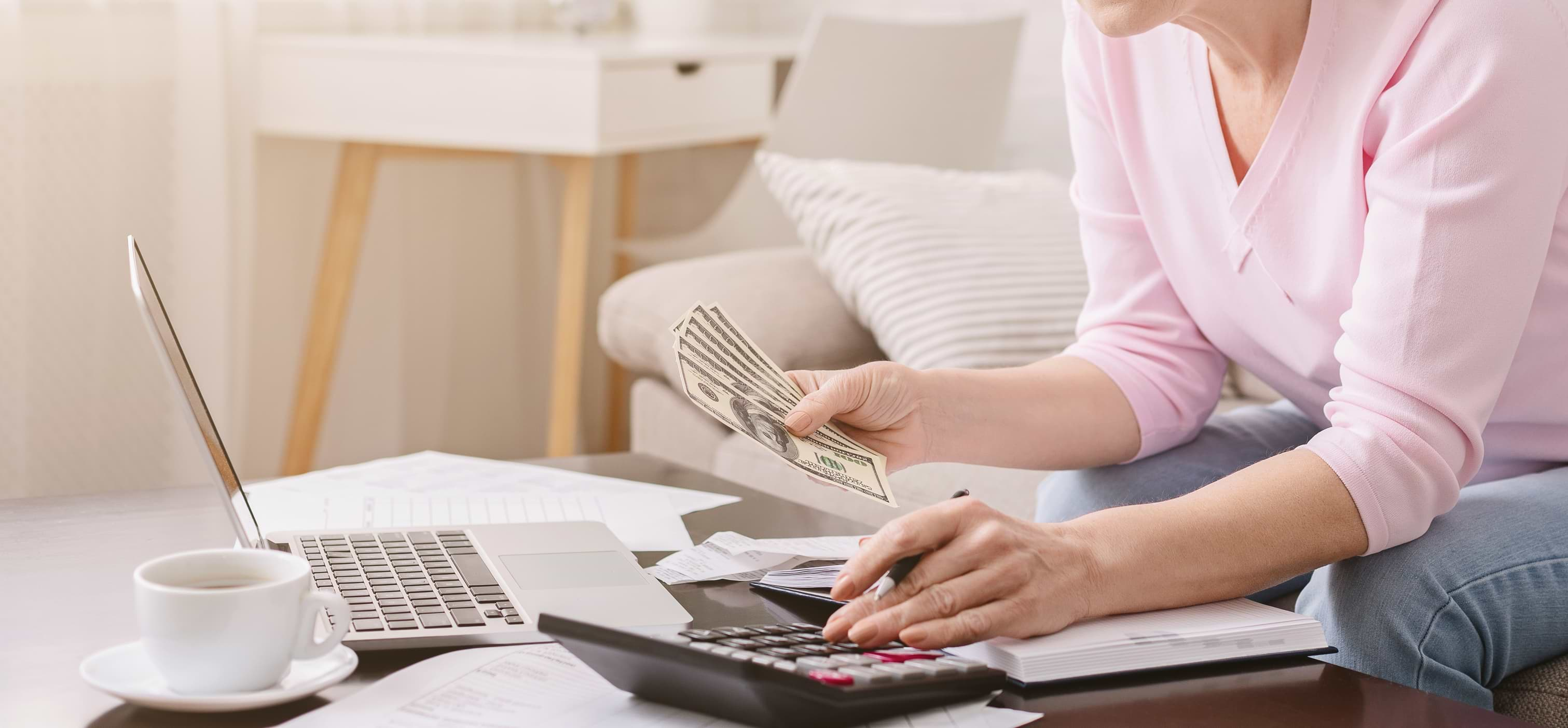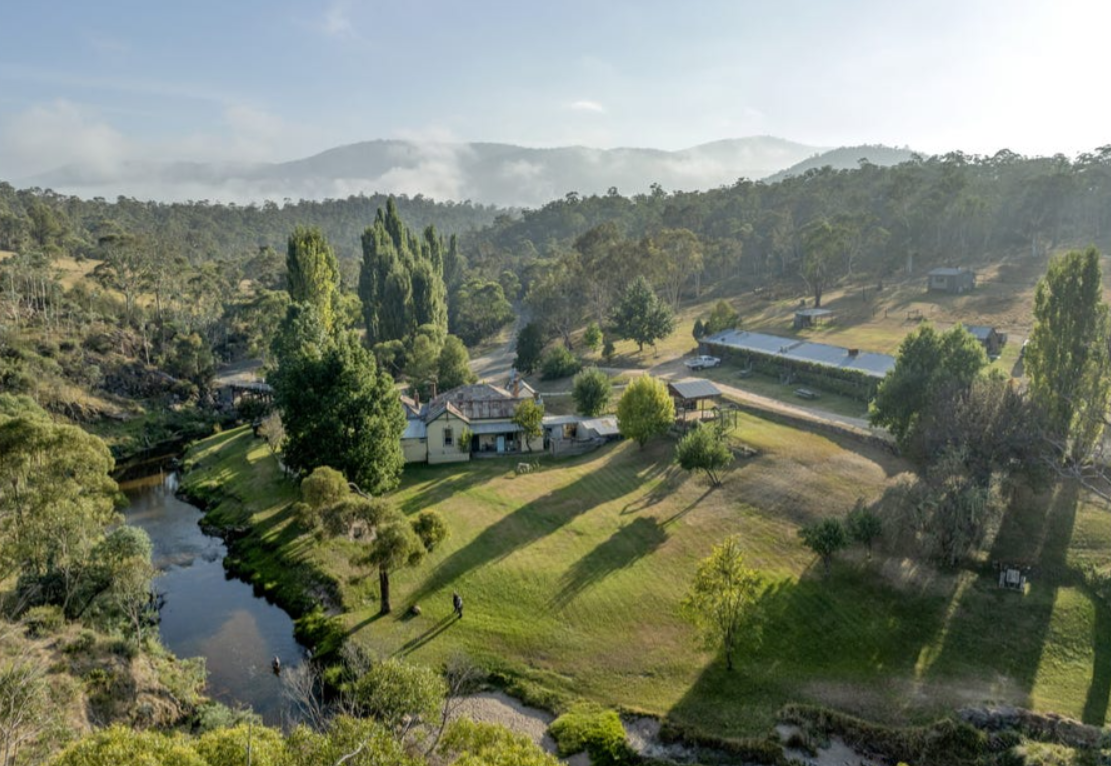The Great Australian Dream. For over half a century, young Australians have dreamt of buying their own homes and stocking them up with shiny new appliances and clumsily-built IKEA furniture. However, for many home-buying-hopefuls today, the dream seems like a nightmare when faced with the process of securing loan approvals, signing contracts and selecting the ‘perfect home’ in hectic property market conditions.
With this new series, “First steps for First home buyers”, we hope to make the path to your Australian dream, less daunting. This 4-part series is the non-exhaustive lid to a large can of worms that we’ll continue to dig through in articles to come!
Saving Up
So you’re starting to think seriously about buying your first home. The first step and often the most gruelling part of the journey is saving up. How much do you actually need to save up to buy a house? To start mapping out your budget, there are a number of upfront and ongoing costs that you’ll need to consider.
To see how BrickX’s own savvy saver, Sibel, managed to build a deposit for her first home, check out “How I saved $3000 in a year without changing my lifestyle”.
Crunch the numbers
Deposit
The deposit is the biggest upfront cost you will need to save for. Ideally, your deposit will be 20% of the purchase price. Any lower, and you may be required to pay lender’s mortgage insurance (LMI) which protects the lender in case you can’t pay them back. This possibility of a higher interest rate or larger loan may make your journey to full home ownership considerably more expensive over time.
The loan to value ratio (LVR) is the amount you borrow divided by the purchase price. So, intuitively, the larger your deposit, the lower your LVR. For example, if you’re looking to purchase a home priced at $1,000,000 and you have a deposit of $200,000, you need to borrow $800,000. So your LVR is $800,000 divided by $1,000,000 which is 80%. Thus, if your LVR is higher than 80%, your lender will often charge you for lender’s mortgage insurance.
Laura Higgins, senior executive of ASIC’s Moneysmart says, “if you have a 20% deposit, that could set you up for repayments that suit you better, give you more options around the kind of mortgage you could access and is absolutely the best option… it’s a good thing to aim for, but it is aspirational for some people.”
Stamp Duty
Stamp duty is a state tax on property purchases charged by the local Office of State Revenue to cover the costs of changing the property title and ownership details.
The amount of stamp duty you will need to pay may vary depending on:
- The property’s value
- Property type: is it a new house or vacant land (the latter having less stamp duty charged)
- State or territory: each state/territory has different systems of calculation. There are many online calculators available, like this one by Calculators Australia, that help you estimate your stamp duty
Some states offer stamp duty concessions for first home buyers. The table below* shows the first home buyer duty concessions that are available in each state.
| State | Stamp duty exemption/concession available? | Exemption available (Value of Home) | Concession available (Value of Home) |
| NSW | Yes | Up to $650,000 | $650,001 to $800,000 |
| VIC | Yes | Up to $600,000 | $600,001 to $750,000 |
| QLD | Yes | Up to $500,000 | $500,001 to $550,000 |
| WA | Yes | Up to $430,000 | $430,001 to $530,000 |
| SA | No | – | – |
| TAS | No | – | – |
| NT | Yes | Up to $500,000 | $500,001 to $650,000 |
| ACT | Yes | – | Up to $470,000 and $470,001 to $607,000 |
*These figures refer to house purchases – not vacant land.
Other upfront costs
Apart from the 2 more front-of-mind costs we’ve mentioned, there are also some less considered costs that come up during the home-buying process:
- Legal and Conveyancing Fees: a conveyancer or solicitor could help with the legalities of paperwork, T&Cs of the contract and provide advice on any costs you could save as a first homebuyer. You could manage this yourself, but as a new buyer, hiring an expert often saves you more in the long run than the $500-$2200 fee.
- Moving-in costs: while not exactly purchase-related, you might need to consider removalist costs and possibly face the need for a professional cleaner if the previous tenant left the house in a suboptimal condition. Or, you could just call in a few favours from friends and family and form your own ragtag moving team.
- Inspections: this involves building, pest, electrical, strata and property inspections that could cost around $200-$600 apiece. This might seem like much ado about nothing but spending a little on due diligence before confirming a purchase could save you a lot of headaches in the long run.
Ongoing Costs
In addition to your mortgage repayments, there are a number of ongoing costs you may need to manage.
- Home and contents insurance: this is a mandatory requirement for many home loans and covers the costs of rebuilding/repairing your home
- Council rates: each local council charges quarterly fees based on your property value to fund public services and infrastructure
- Utilities and household bills: water, electricity, gas, internet and other utilities are all ongoing costs
- Renovations: you may want to renovate a property before moving in. This is a cost that you’ll need to factor in especially if you’re looking to purchase a fixer-upper.
Considering these costs, your ongoing earnings and expenses, you can now estimate a modest figure for a deposit and decide when it’s the right time to buy. ‘Modest’ in this case meaning, not that multi-million dollar mansion that you’ll spend several lifetimes to repay.
Next in the First steps for First home buyers series – Part 2: Taking out a Home Loan. Here, we discuss how to apply for mortgages and secure a home loan.





